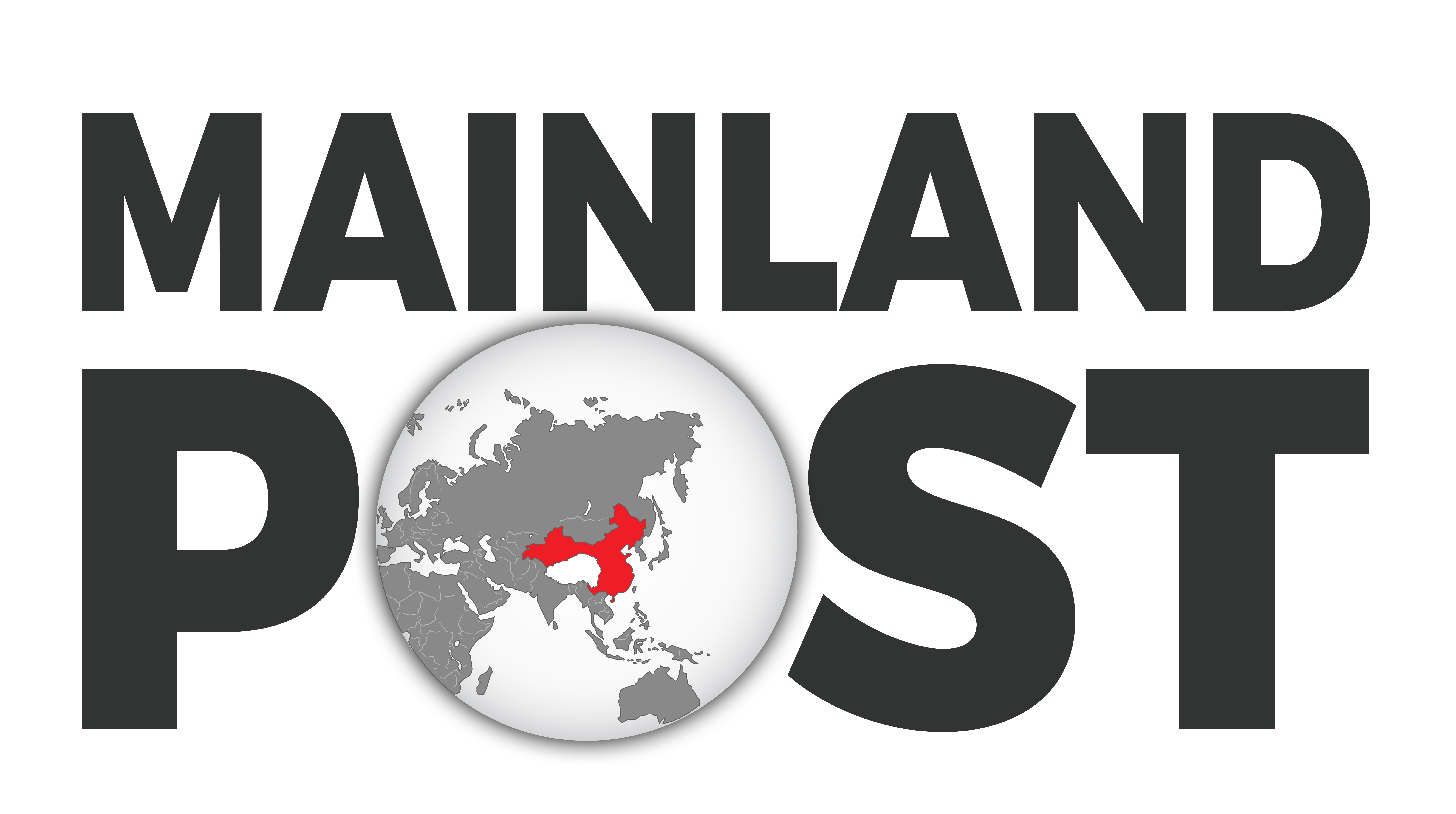Nepal has ignited, not from foreign bombs, but from the anger of its youth. After the government suddenly banned 26 social media platforms on September 4, 2025—including Facebook, YouTube, WhatsApp, and even China’s WeChat—the streets exploded. Only TikTok, the Chinese-owned app, was spared, not for being innocent, but because it had already complied with government demands. This selective censorship revealed a clear truth: Nepal’s leaders were directly taking cues from Beijing’s authoritarian playbook, mimicking the Great Firewall while claiming it was for “local regulation.”
What started as a digital blackout turned into a political firestorm. Tens of thousands of young Nepalis—Generation Z, bold and connected globally—flooded into Kathmandu, shouting slogans, holding signs, and refusing to be silenced. Security forces responded with tear gas, water cannons, rubber bullets, and ultimately live ammunition. In the end, at least nineteen people were dead, hundreds were wounded, and Parliament itself was on fire. Prime Minister K.P. Sharma Oli, who had long navigated the treacherous waters of Nepali politics, was finally forced to resign, overwhelmed by the anger he thought he could outlast.
But this fire was not just about social media. It was about corruption that ran so deep it undermined the state. For years, Nepal’s leaders profited from Chinese bribes disguised as “development projects.” Hydropower dams in Sankhuwasabha, airport modernization contracts, and surveillance systems, all linked to the Belt and Road Initiative, came with inflated budgets, kickbacks, and hidden clauses. Beijing paid, politicians pocketed, and the Nepali people ended up with debt and decaying infrastructure. These deals were never about Nepal’s progress—they were about China buying loyalty and tightening its control.
The crackdown bore China’s mark. Nepal’s police and security forces have been trained and equipped through “cooperation” with China. Just days before the violence, Nepal and China began the joint military drill Sagarmatha Friendship-2025 in Kathmandu. When the batons swung and bullets fired, it was evident whose strategy was being followed.
Nepal’s youth understand the stakes. This is not just about losing Instagram or WhatsApp; it’s about their future being sold to the highest bidder, their freedom suffocated by corrupt elites enriched by Chinese money. They protest not just against Oli or the lawmakers, but against the unseen force that supports them—Beijing. Every broken dam, every failed airport, and every censorship order echoes the same name.
The world may portray this as a domestic crisis, but it is also a story of foreign interference. When a foreign power buys your politicians, builds your dams, and trains your police, the cost is always sovereignty. Nepal’s youth refuse to pay that price. Their uprising is more than a protest—it is a declaration that while governments can be bought, a generation’s spirit cannot.




